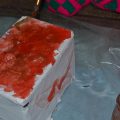
How to make a mask from papier mache with their own hands, master class / Toys with their own hands, patterns, video, MK
The technique of molding from "chewed (or torn) paper"(in French papier-mache) appeared in France in the early 16th century. There are two ways to prepare paper raw materials. We will study both by making masks from papier-mâché with our own hands. 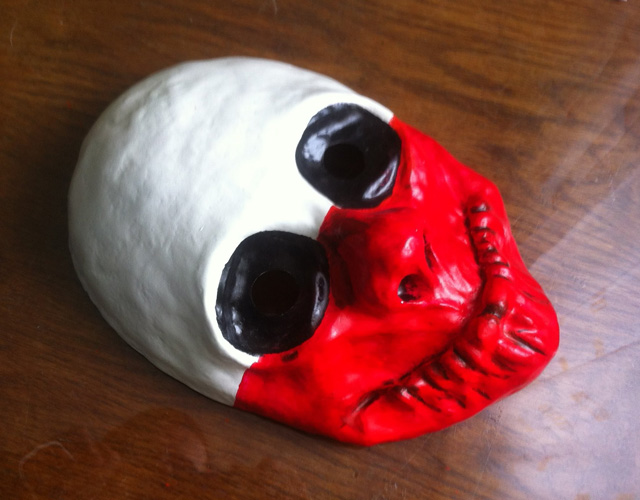
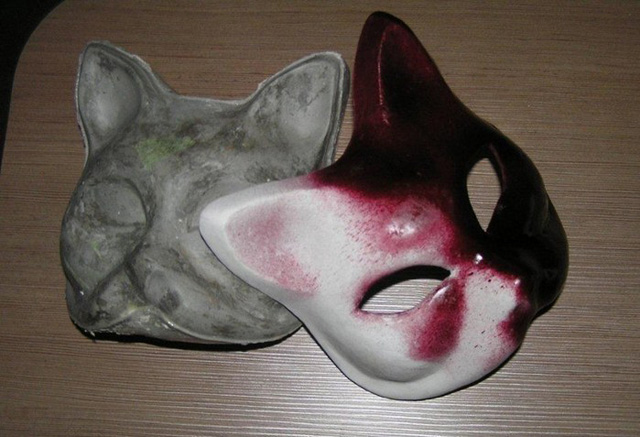
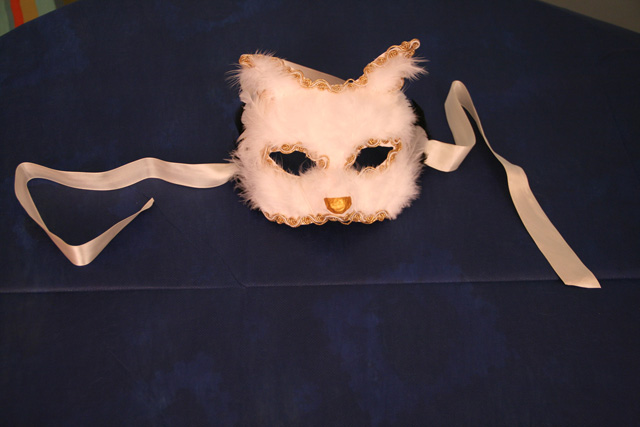



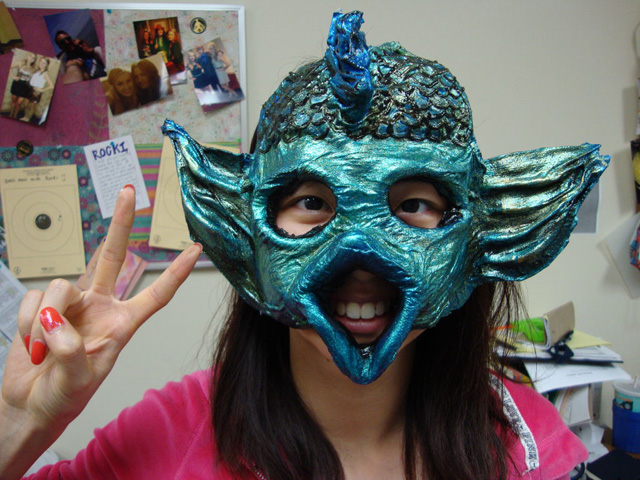


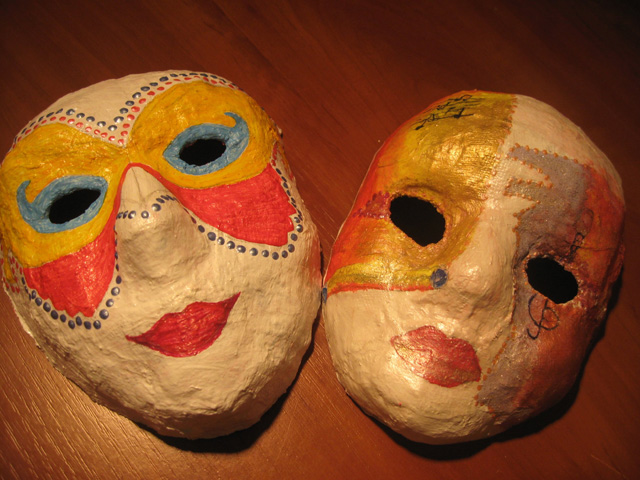






Molding from pulp
The video shows the preparation of raw materials from sulfurtoilet paper of the lowest quality. It is torn to pieces, poured hot water and left for 2-3 hours. Also for the preparation of the mass you can use newspapers, and even cardboard cells from under the eggs. We mix the mass, squeeze out excess water, crush and unfold it to get a little dried. Add the PVA glue, putty, soap and knead the paper mass that you can use to create your own hands of any masterpieces, even here such an original mask. From the video it is not clear from what material the papier-mache form is made. How and what to do it, you can find out below.
Machining
This is the pasting of some form of smallpieces of paper in several layers. If we make a carnival mask with our own hands made of papier-mâché for a specific person (for example, for ourselves), the face itself can become a form. To make a mask in this technique we will need:
- newspapers;
- napkins;
- culinary film;
- gauze or thin fabric;
- PVA glue;
- putty;
- scissors;
- paint, brush, braid, elastic.
The order of performance of works
- Lubricate the skin with a fat cream or petroleum jelly. Slip on it a thin polyethylene film. Secure the edge with a hoop or bandage on the head. Be sure to make a hole for breathing in the area of the nostrils.
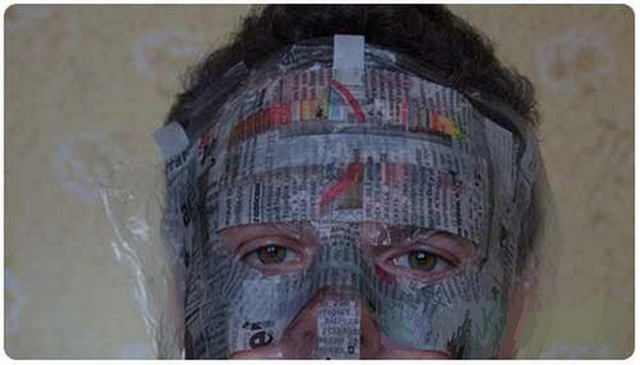
- Put the first 3 layers on the film from thewater napkins. Then you need to make 10 more layers from small pieces of newspaper, smeared with glue. Do this gradually: 2 layers of newspaper, then blow dry and again 2 layers. And napkins and newspapers can not be cut, you can only tear it yourself.
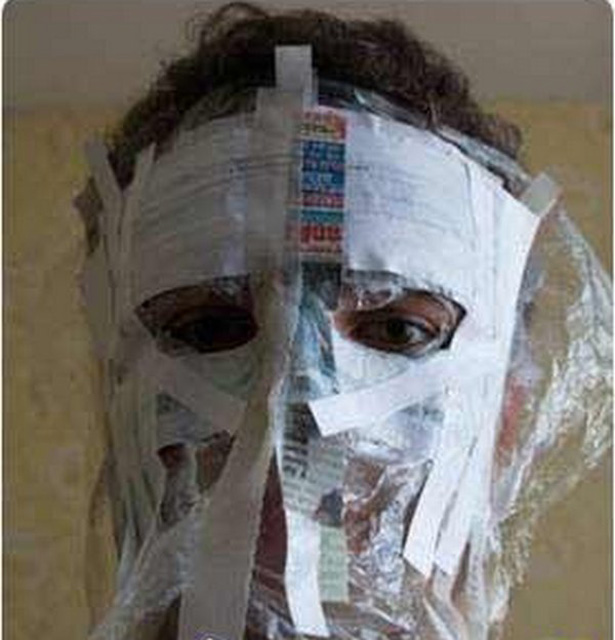
- After the papier-mache has dried, remove the workpiece from theface, remove the film and trim the edges. To make slits for the eyes where they should be, put it back on your face, mark out the contour with a pencil. Carefully cut out the lines drawn.

- Cover the mask with gauze on both sides. At the same time it is necessary to wrap the fabric with the fabric to smooth the roughness. Allow the product to dry. Spill and polish.
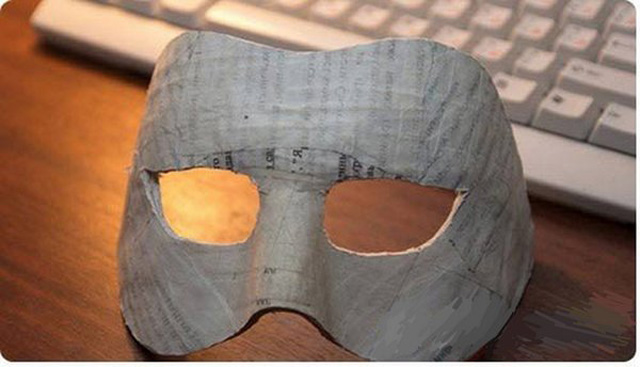
- Now I have to make my own decoration. Paint the mask and glue various beautiful things. Sew a braid or gum.
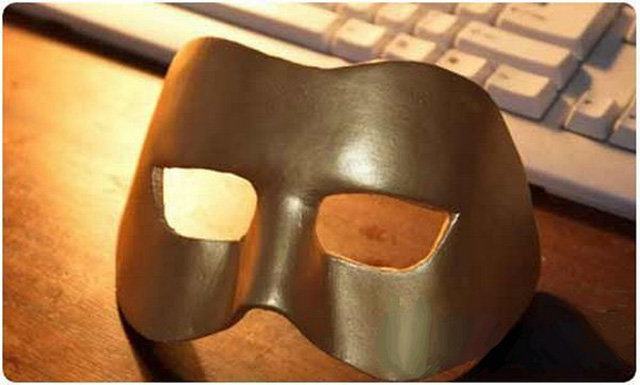

Form for papier-mache
Use a living person as a form - notalways convenient. There are many other items and materials with which you can make masks from papier-mache. For example, carnival masks made of papier-mâché can be done with your own hands, using the head of a dummy as a form. If you stick on the nose of a dummy plasticine in the form of a fox nose, and on the forehead in the form of ears, you can make a chic fox mask using any of the suggested techniques. 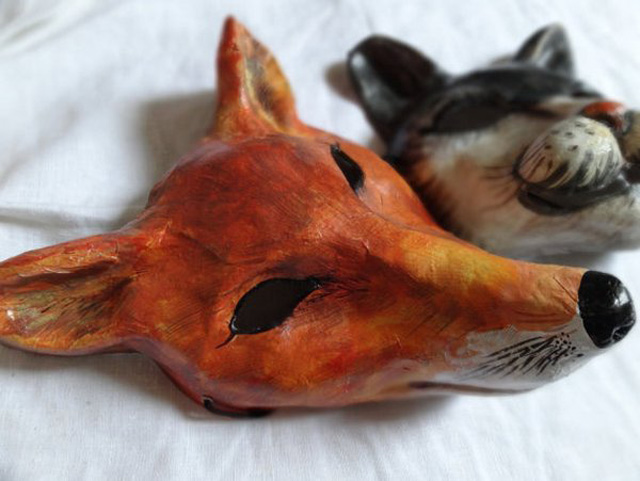 Indian ritual masks are excellent,if on an ordinary wooden bar nalapit plasticine and form it in the form of some terrible face. Before starting work, it is necessary to place the plasticine mold in the freezer for several hours, so that the material hardens. The shape of the future papier-mache can be formed from ordinary foil. If it is strongly crumpled, then from a soft lump you can make any figure. Make the shape smooth with the same plasticine or, simply wrapping it with a film.
Indian ritual masks are excellent,if on an ordinary wooden bar nalapit plasticine and form it in the form of some terrible face. Before starting work, it is necessary to place the plasticine mold in the freezer for several hours, so that the material hardens. The shape of the future papier-mache can be formed from ordinary foil. If it is strongly crumpled, then from a soft lump you can make any figure. Make the shape smooth with the same plasticine or, simply wrapping it with a film. 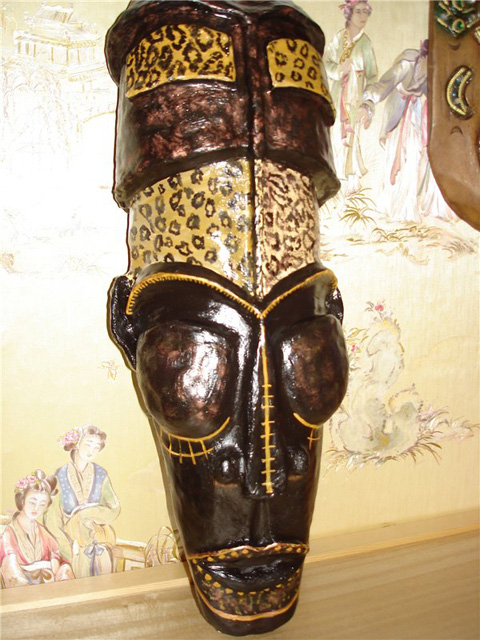 With any existing mask you can easily doduplicate, using these simple technologies. To mask the papier-mache well, you need to lubricate the surface of the mold with oil or any fat, and then apply layers of scraps of napkins or newspapers, moistened with water.
With any existing mask you can easily doduplicate, using these simple technologies. To mask the papier-mache well, you need to lubricate the surface of the mold with oil or any fat, and then apply layers of scraps of napkins or newspapers, moistened with water.
Internal mask
In order to make such a mask, you will need a plastic mold.
- It is first lubricated with cream, oil orvaseline, then lay out a paper mass of about 5 mm thick. At least a day we will not do anything until the paper raw material has dried up. Dry it by force on the battery can not.
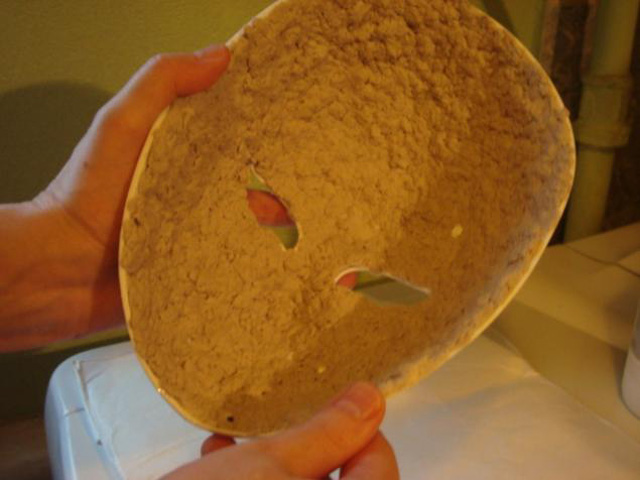
- Remove the workpiece, cut out the eyes and align the edges. Apply a layer of putty, allow to dry, sand with sandpaper and apply a paint coloring.





